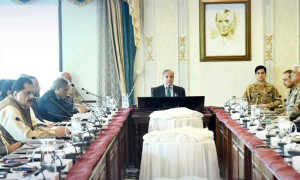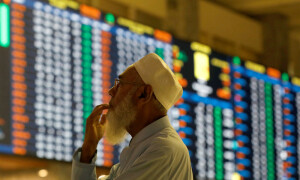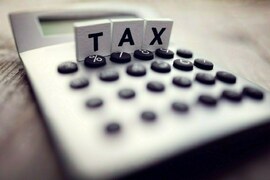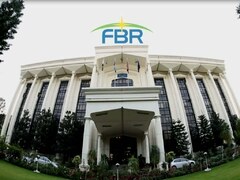New Zealand became the latest country, and among the first in the first world, to raise interest rates on Wednesday as inflationary concerns and an out-of-control housing market forced the reserve bank's first hike in seven years - from 0.25pc to 0.5pc. The decision was telegraphed as far back as July, when the central bank ended its asset purchase program as the economy rebounded from the pandemic. But the planned move in August was delayed by the sudden emergence of the Delta variant and the subsequent lockdown of Auckland. The NZ dollar, known in the currency market as the kiwi, rose for a good couple of days in anticipation of the decision, but the announcement duly sent investors to the safe haven appeal of the American dollar as they readjusted their interest rate risk exposure.
In August, South Korea became the first major Asian economy to raise rates, moving from 0.5pc to 0.75pc, also to curb the country's soaring household debt and home prices. Norway and the Czech also raised interest rates in the same month. And emerging markets Brazil and Turkey, and two-time former emerging market Pakistan, have also tightened monetary policy in recent weeks. That's not all, the Bank of England also sent shock waves across financial markets by hinting that a rise might come sooner than expected. And across the pond US treasury yields are spiking; something that the Fed is keeping a very close eye on as it prepares to taper its own asset purchase program in the coming months even if an interest rate decision is not expected anytime soon.
The broad reasons in almost all places are the same. The reflation phase after the deflation of the pandemic is complete in some places and inflation is returning. That and "red hot real estate" means the interest rate has done its job. The situation is just a little more awkward in Pakistan because the rebound from the pandemic also coincided with the PM's amnesty scheme to broaden the tax net and the amnesty scheme to pump-prime construction - and of course the forty or so related sectors. That invited such a flood of black money into construction and housing that the law-bending, offshore account-keeping super rich priced the sector way out of the reach of all classes lower than their own and the central bank had to scramble to unwind its concessionary lending programs along with cutting the money supply. So the interest triggered a feverish demand in some sectors alright, but primarily pandered to the interests of the super-rich more than it lubricated industry, so it didn't really get the job done over here, did it?
There's another problem. The rush to raise rates signals an end of the easy money period that followed the global Covid recession. That means economies will look to moderate growth in the near to medium term as international commodity prices and shipping costs fall back in line, and oil retreats from levels not seen since 2014. But we've chosen just this time to lay out the most expansionary budget imaginable, especially considering our cramped fiscal position and the uncertainty about the IMF bailout program, which means the finance ministry has chosen to run head first into very strong headwinds. The government also chose this time to roll out the Kamyab Pakistan Programme, which will put yet more pressure on the kitty, and eventually make people who pay taxes pay for a public relief initiative that the state is in no position to afford at the moment.
And let's not forget the rupee. Among all the reasons that all sorts of experts give for its dramatic collapse since May, nobody has yet given much attention to the fact that at least part of it is what the currency market calls a carry crash. Since our interest rate, despite the series of cuts a year and a half ago, was still much higher than the global and even regional average, it prompted large leveraged speculative inflows into the rupee to earn the interest rate differential, called carry, and also bid up the currency to earn capital gain. That explains the bulge in the rupee leading to May. But such bubbles tend to burst, as they did so painfully in Turkey and Australia not many years ago, when there are sudden Balance of Payments (BoP) pressures in the high interest rate economy. In our case this was the need to make debt payments when the IMF facility was stalled, and a text book collapse followed; as it always does. For a while the central bank stood by silently, not betraying in the least that it was eating its words and intervening in the market to put a floor under the rupee. But, like always, other than throwing away a precious part of the reserves these attempts were fruitless.
No doubt the Pakistani economy proved far more resilient than most countries throughout the pandemic. But the high inflation, especially in food items, is keeping real interest rates below zero even after the 25 basis points rise. Besides, prices of land and big cars and bigger houses might have gone through the roof because of roaring aggregate demand, but the same cannot be said of price abnormalities in most sectors. That means while we are very much in sync with a growing part of the world that feels the time to raise rates has come, there is still confusion on the fiscal side and it's not immediately clear if the rise will achieve the same kind of results here as it will in New Zealand.
Copyright Business Recorder, 2021
























Comments
Comments are closed.